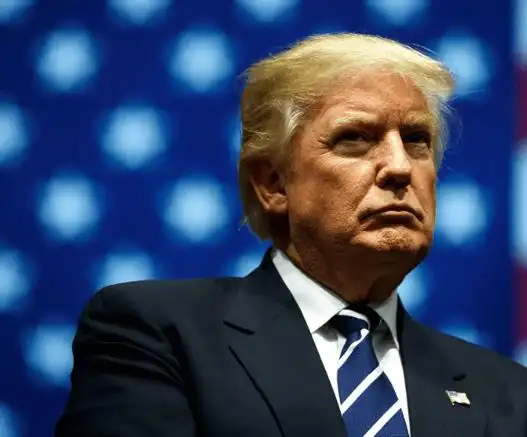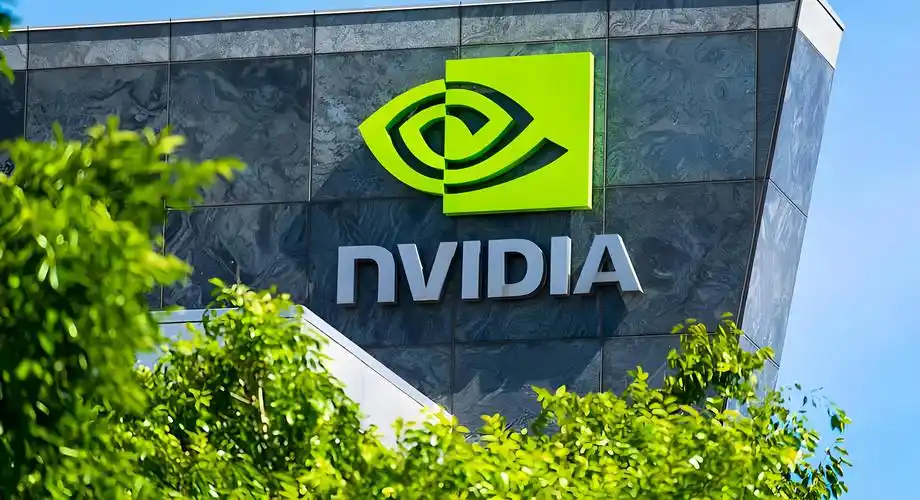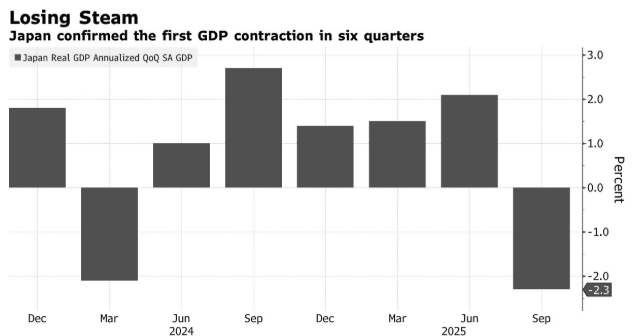US President Donald Trump will impose a 25% tariff on Indian exports starting from August 1. This move is expected to hit a range of industries, from electronics and generic drug manufacturers to jewelry and auto parts companies.
Trump posted on Truth Social on Wednesday that India’s tariffs “rank among the highest in the world” and that its “non-tariff trade barriers are the most severe and obnoxious of any country.” He also threatened that India would face additional penalties if it buys energy from Russia.
Although India was among the first countries to hold trade talks with Washington after Prime Minister Narendra Modi’s high-profile visit to the White House in February, this announcement dashed India’s hopes of obtaining preferential treatment better than that of other regional members. Vietnam faces a 20% tariff, Indonesia faces a 19% tariff, and Japan faces a 15% tariff.
Bloomberg News previously reported, citing a person familiar with India’s internal calculations, that if tariffs exceed 25%, about 10% of India’s total exports from July to September would be affected. In 2024, the bilateral trade volume between India and the United States is expected to reach 129.2 billion US dollars.
The ultimate impact on Indian enterprises in specific industries will also depend on how the tariffs compare with those imposed by competing countries. Although the tariff rates and fine amounts for each industry are not yet clear, the following industries may suffer the greatest losses:
The Gem and Jewellery Export Promotion Council of India said in a statement Wednesday evening that the tariff was a “deeply worrying development” that could disrupt key supply chains and threaten the livelihoods of thousands of people, with the gemstone industry being “severely affected”.
The trade group said that India’s auto industry exports more than $10 billion to the United States, and the package of tariffs will “increase costs, delay shipments, distort pricing, and put huge pressure on every link of the value chain, from workers to large manufacturers.”
India is the largest exporter of generic drugs to the United States, with an annual export value of approximately 8 billion US dollars. Some of India’s largest companies, such as Sun Pharmaceutical Industries Ltd., Dr. Reddy’s Laboratories Ltd., and Cipla Ltd., derive at least 30% of their revenue from the United States.
According to IQVIA, in 2022, four out of every ten prescriptions in the United States were supplied by Indian companies. Overall, drugs from Indian companies saved the US healthcare system nearly $220 billion in 2022 and a total of $1.3 trillion over the decade ending in 2022.
Indian manufacturers of home textiles, clothing and footwear serve the global supply chains of major US retailers, including The Gap Inc., Pepe Jeans, Walmart Inc. and Costco Wholesale Corp. India had previously sought lower tariffs than those of countries such as Vietnam, which would have given these industries a comparative advantage.
The Federation of Indian Textile Industries said in a statement that this is a “severe challenge” for the industry. “This will severely test the determination and resilience of Indian textile and garment exporters, as we will no longer enjoy the significant advantage of tariff differences.”
Vardhman Textiles Ltd., which supplies to several US companies, said in a conference call this month that its business from the US has been slowing down due to the uncertainty of tariffs. Other companies such as Welspun Living Ltd., Indo Count Industries Ltd. and Arvind Fashions Ltd. will also be adversely affected.
After Apple shifted more iPhone assembly operations to India, India has surpassed China to become the largest source of smartphone sales to the United States. However, the latest round of tariffs may put this situation at risk.
Anurag Rana and Andrew Girard, analysts at Bloomberg Intelligence, wrote in a July 30 report: “If India’s tariffs rise to 25%, Apple’s strategy of sourcing US iPhones from India to avoid Chinese tariffs could suffer a major setback. The 25% surcharge is likely to force Apple to revise this plan.”
State-owned refiners such as Indian Oil Corporation, Bharat Petroleum Corporation and Hindustan Petroleum Corporation, as well as private enterprises like Reliance Industries Limited, may also suffer losses due to the new tariffs.
Nearly 37% of India’s oil imports come from Russia. These crude oils are priced below the market rate and have always been a key factor in supporting the gross profit margins of Indian refineries. If the supply of Russian crude oil is disrupted, import costs will soar, thereby eroding the profits of refineries.
Reliance has signed an agreement to purchase up to 500,000 barrels of crude oil per day from Russia this year, thus becoming the largest buyer of Russian crude oil in India.


